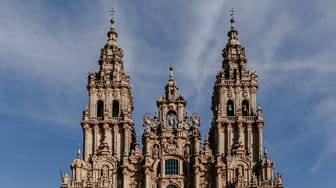Hospital Real de Santiago de Compostela

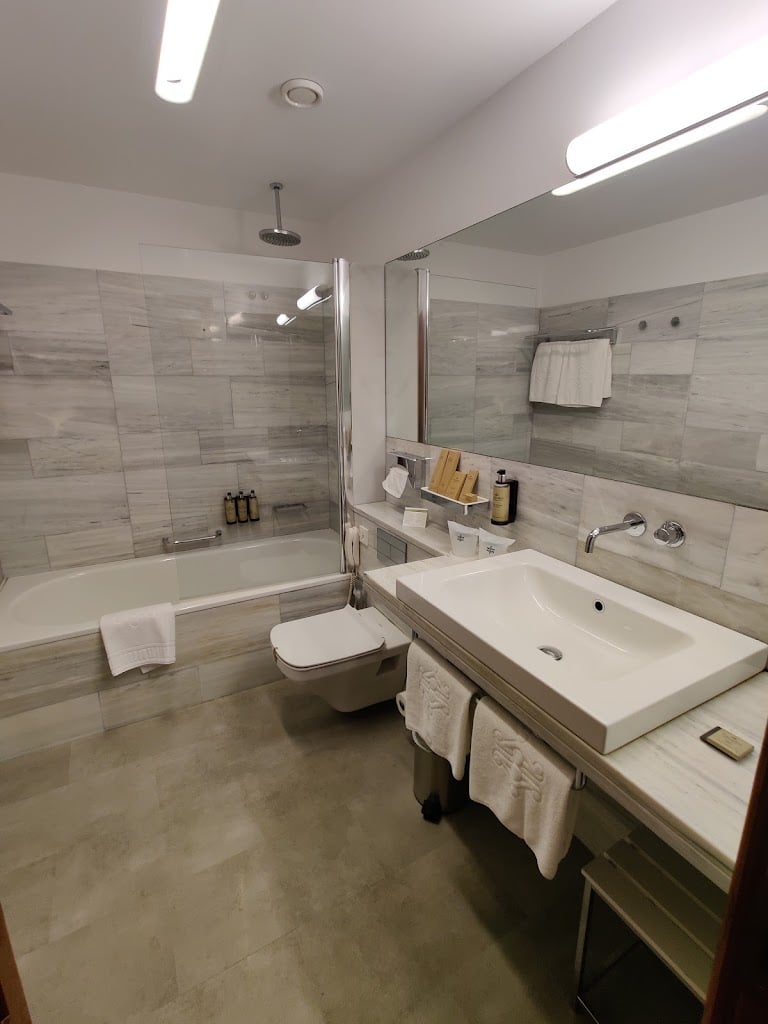
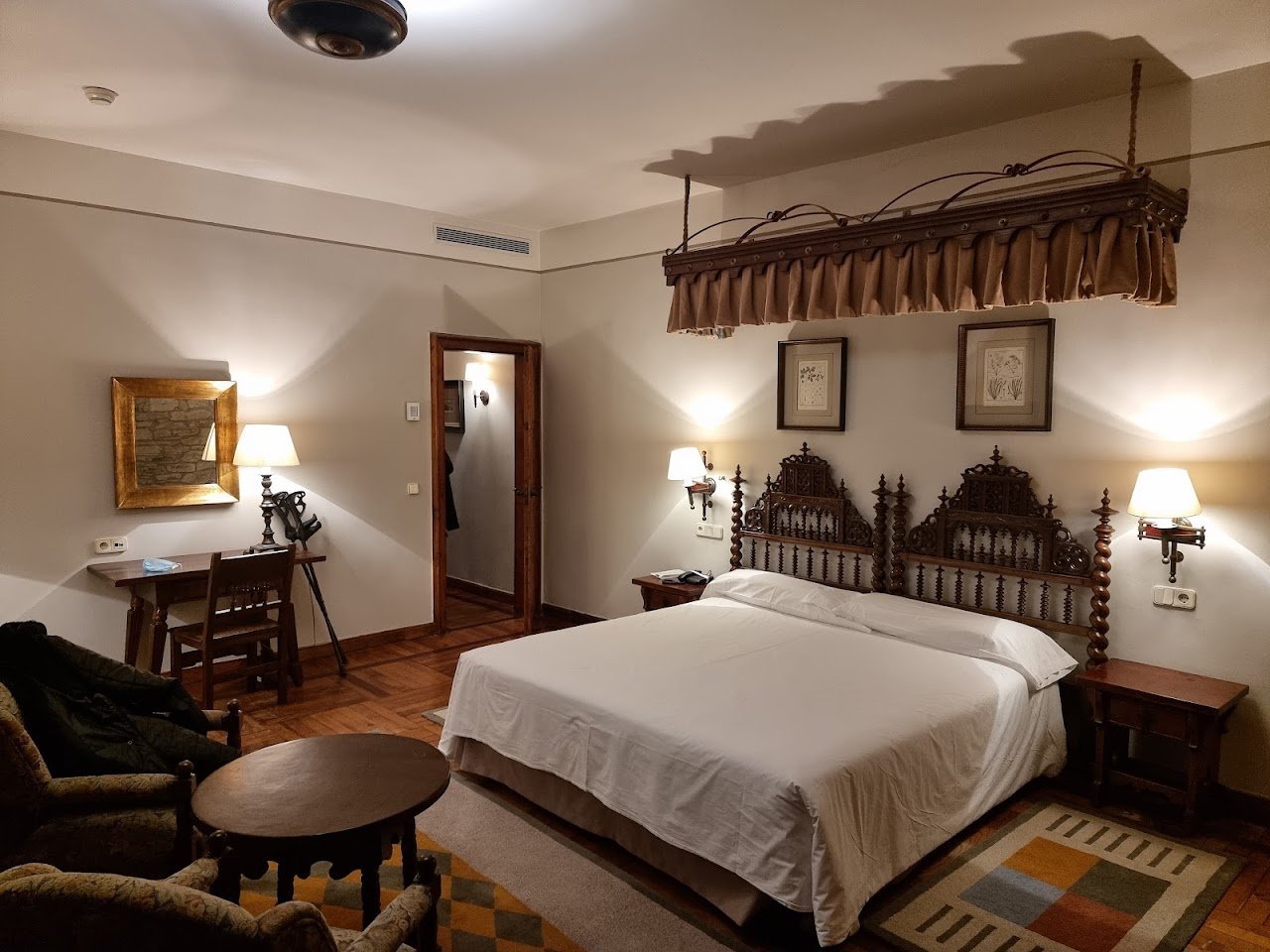
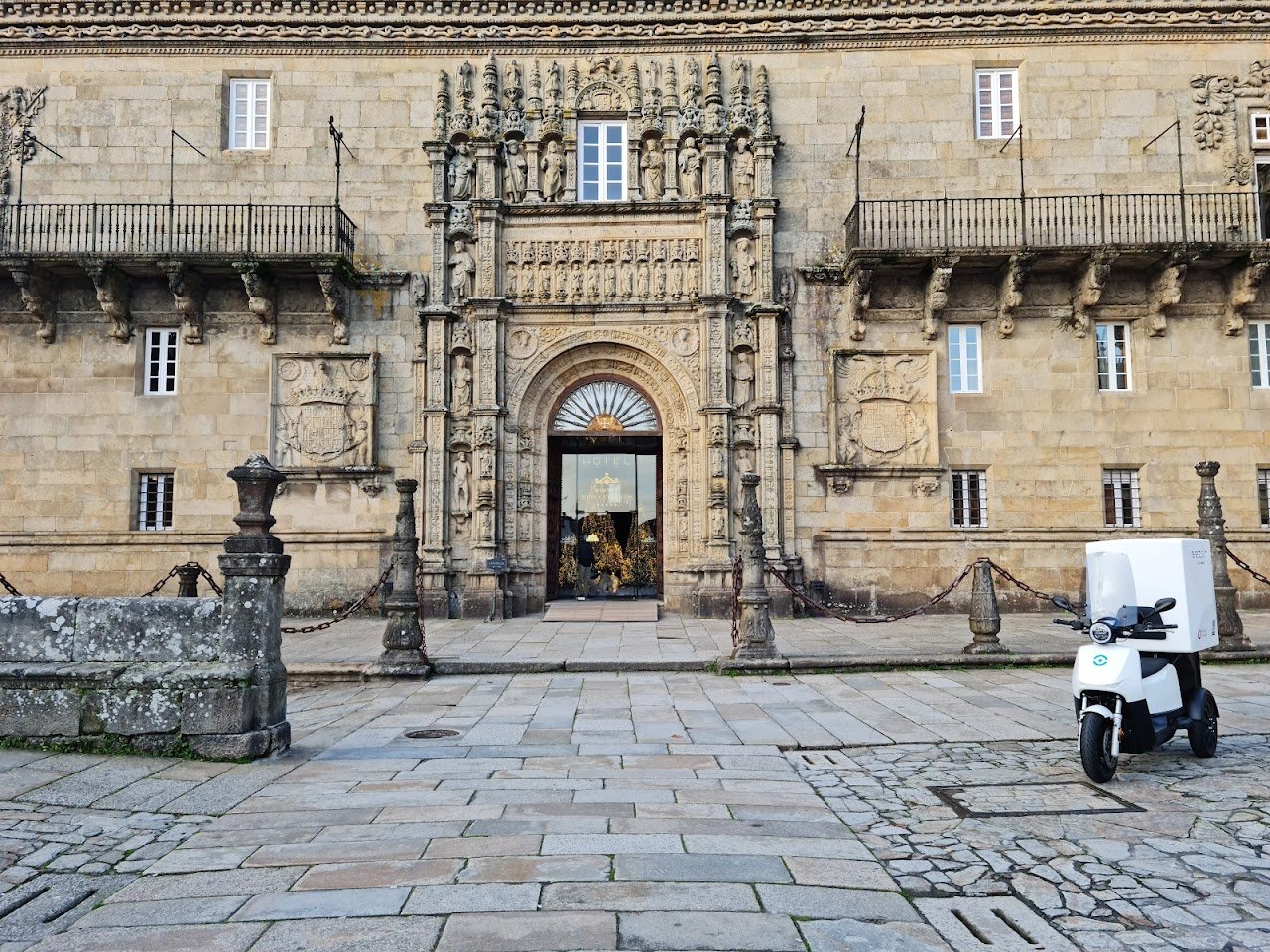
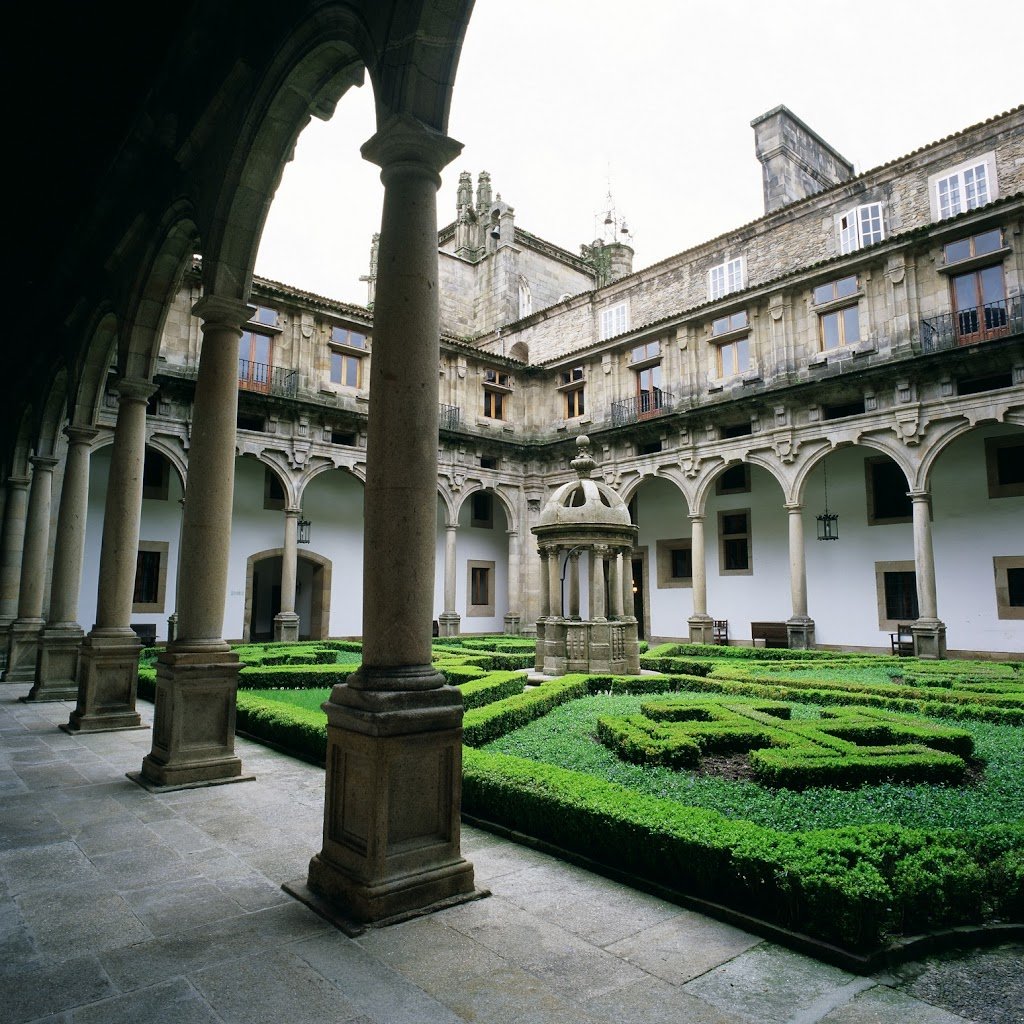
Ask ThatchGPT
Suggest a local expert to plan my trip
Suggest an unique itinerary for my Santiago de Compostela trip
What foods do Santiago de Compostela locals eat
What are some true hidden gems in Santiago de Compostela
Help me brainstorm trip ideas for Santiago de Compostela
Help me plan a family-friendly trip to Santiago de Compostela
What people say
Pedro Pereira
Available for hire
"The origin of the hospital is linked to a visit by the Catholic Monarchs to Santiago de Compostela in 1492, during which they found that despite the city having several small hospitals, sick pilgrims were poorly cared for. The royal couple then decided to build a new, modern hospital, the "Great Royal Hospital", to care for pilgrims who followed the Camino de Santiago. To finance the construction and maintenance, the Catholic Monarchs donated part of the profits obtained from the conquest of Granada and in 1499 they established a Royal Patronage, which they endowed with a third of the income from the Vow of Santiago of the Kingdom of Granada. The popes offered indulgences to those who participated in the construction work.[
Pilgrims could stay at the hospital free of charge for three days if they presented their compostela (the document attesting that they had made the pilgrimage)[nt 3] and the pilgrim's credential duly stamped. The name hospital refers to this function — during the Middle Ages, hospital was the name given to institutions that housed pilgrims or provided shelter to the poor.
During the Middle Ages, there was a network to help pilgrims along the entire Camino de Santiago. After their visit to Santiago de Compostela, in 1492 the Catholic Monarchs commissioned Enrique Egas to draw up plans for the new hospital, but several difficulties delayed the start of the works. On 3 May 1499, the Monarchs commissioned Diego de Muros, dean of the Compostela cabildo, to build the royal hospital. Along with the royal hospitals of Santa Cruz de Toledo and Granada, also designed by Egas, the hospital of Santiago was one of the first hospitals independent of convents, inspired by the Ospedale Maggiore, built in Milan in 1456 by the architect Filarete.
Construction began in 1501, when work began on the foundations, and ten years later most of the building was completed, with the exception of the façade, which dates back slightly and was renovated in the 17th century. The Renaissance portal was commissioned from the French masters Martín de Blas and Guillén Colás in December 1519. Years later, to protect the façade, the municipality granted a plot of land that was delimited by thick chains hanging from Renaissance pillars.
The Hospital Real de Santiago is an exceptional building, very different from the large rectangular hospitals that were common in the Middle Ages, although Rgas was advised to consider the Hospital Real de Burgos, but it is still far from the projects with a stronger Italian influence in the shape of a Greek cross. Egas designed a T-shaped building, not a Greek cross, partially abandoning the model of the Milan hospital, and which, being smaller, is more similar to other solutions, also Italian, such as the Ancient Hospital of the Holy Spirit in Sassia, Rome, built between 1474 and 1478. Egas' original building had two cloisters, one on each side of the T, one for men and the other for women. In the rear area there was a vegetable garden, intended for the cultivation of medicinal plants, while at the intersection of the arms of the T was the chapel, with a ribbed vault and elegant decoration.
Although it was built to serve pilgrims, with the decrease in pilgrimages from the 15th century onwards, most of those who used it became Compostela residents and residents of the surrounding area. Following the constitutions of Charles V in 1524, the hospital was renamed the Great Royal Hospital of Santiago.
The original cloisters were modified in the Renaissance style by the architect Rodrigo Gil de Hontañón. In 1678, Friar Tomás Alonso, the same man who built the Baroque balconies supporting the choir of the Monastery of San Martino Pinario, located on the other side of the cathedral, renovated the Renaissance façade, possibly following a collapse, introducing a large balcony supported by large corbels profusely decorated with characteristic plant decoration and opening three more windows. In the 18th century, the garden space was occupied by two new courtyards, which gave the building its current Greek cross shape, with four interior courtyards.
From 1740 onwards, the hospital also began to treat military patients. By analysing the annual records, with the average length of stay per patient, it can be seen that hospital activity increased considerably during the first half of the 18th century and that part of this activity began to focus on caring for military personnel present in the city. This vocation increased considerably during the War of Independence.
In the 1950s it was converted into a parador de turismo (luxury hotel), under the name "Parador Museo Santiago"."
Read more in:
Mentioned in these guides
About Hospital Real de Santiago de Compostela
Get the inside scoop on Hospital Real de Santiago de Compostela from local experts, travel creators, and tastemakers. Browse genuine trip notes, Hospital Real de Santiago de Compostela reviews, photos, travel guides, and itineraries from real travelers and plan your trip with confidence.

Check prices
for your stay
Phone
Save this spot for later or start mapping out a new trip today
Try our AI Travel Assistant and get instant answers to any questions about your trip.
Ask ThatchGPT

